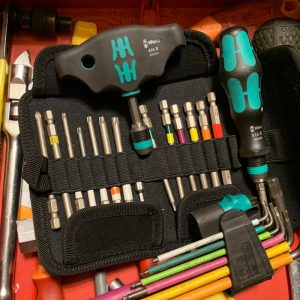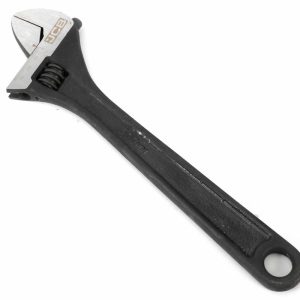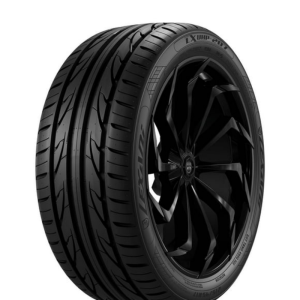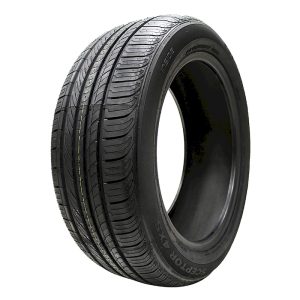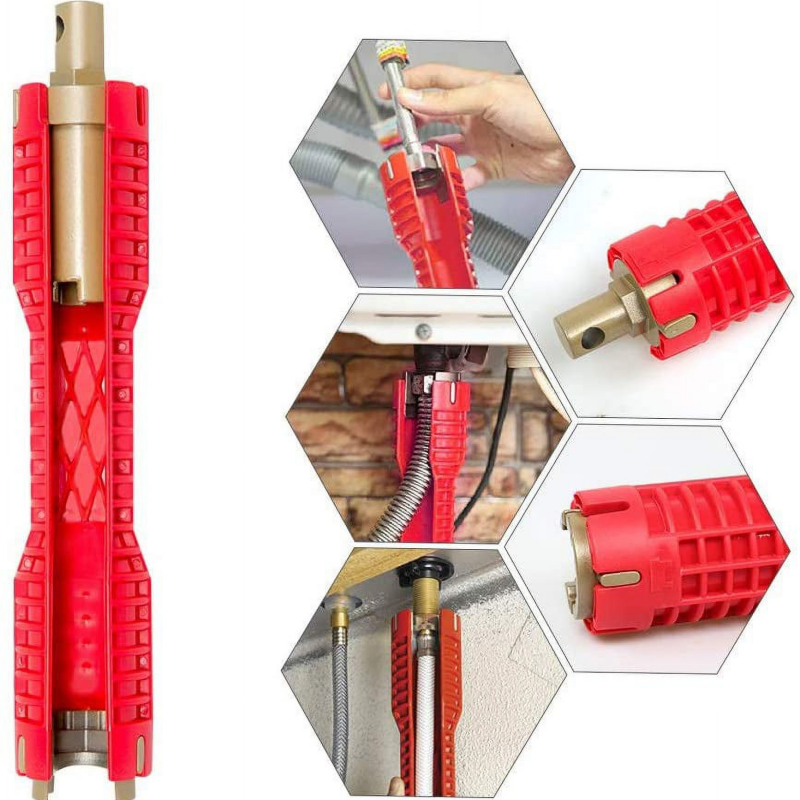
Plumbing is an essential trade that requires a combination of skill, knowledge, and the right tools. As a plumber or even a DIY enthusiast, having access to top-rated hand tools for plumbing jobs can make a significant difference in the effectiveness and efficiency of your work. Whether you’re tackling minor repairs around the house or large-scale plumbing projects, the quality of tools you use directly impacts your ability to perform tasks correctly and safely. This guide will delve deep into the world of plumbing hand tools, discussing essential tools, specialized options, best practices for tool selection, maintenance tips, and reviews of top-rated products that every plumber should consider adding to their toolkit.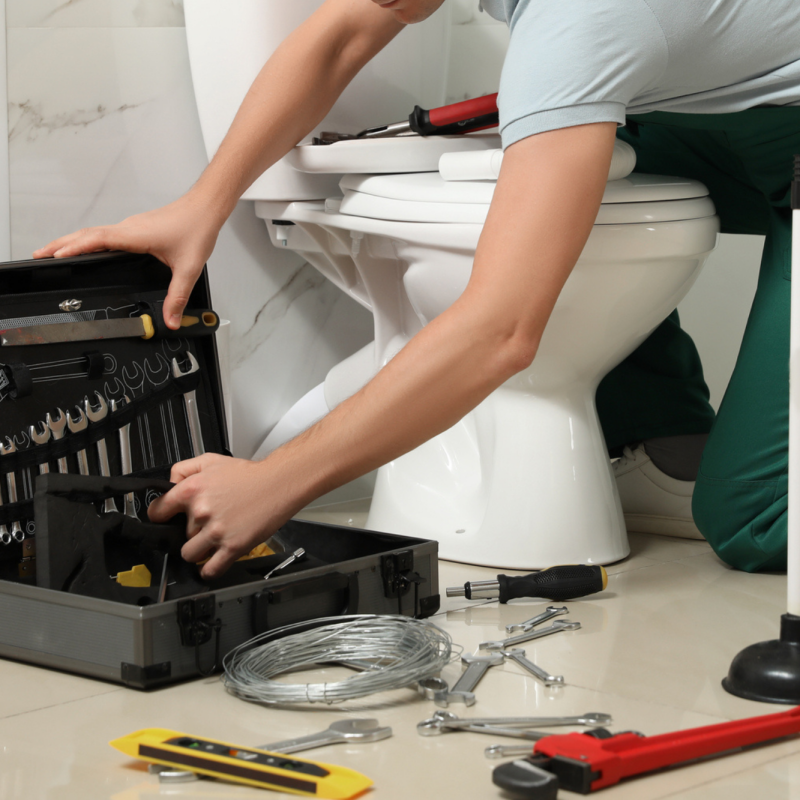
The Importance of Quality Hand Tools in Plumbing
A Tool for Every Job
In the plumbing trade, various jobs require specific tools, and having the right equipment ensures that each task is executed efficiently. Quality hand tools can significantly affect workflow, helping to complete plumbing jobs quickly while maintaining accuracy. Consider the following benefits of investing in quality hand tools:
- Efficiency: High-quality tools often enable smoother operations, reducing the time taken to complete plumbing tasks.
- Durability: Durable materials in hand tools ensure that they withstand the rigors of regular use, which can be especially crucial in plumbing.
- Safety: Using dependable tools reduces the risk of injuries associated with faulty or inadequate equipment.
- Precision: Effective plumbing requires precision; the right tools help you achieve precise measurements and cuts for the best results.
Longevity of Tools
Investing in top-rated hand tools for plumbing jobs contributes to the longevity of your tools. Regular maintenance and appropriate usage, combined with quality manufacturing, extend the lifespan and reliability of your handheld equipment.
Essential Hand Tools for Plumbing
1. Pipe Wrench
A pipe wrench is a classic tool that every plumber should have in their arsenal. This tool is specifically designed to grip and turn pipes and fittings securely.
- Types of Pipe Wrenches: There are several types, including:
- Standard Pipe Wrench: Ideal for gripping round shapes without slipping.
- Chain Wrench: Useful for larger pipes or fittings.
- Parallel Jaw Wrench: Provides a more secure grip on flat surfaces.
2. Adjustable Wrench
The adjustable wrench is a versatile tool that can accommodate various sizes of fasteners.
- Benefits: Its versatility allows it to be used in tight spaces, making it easier to reach nuts and bolts of different sizes.
- Usage Tips: Make sure to secure the gripping teeth onto the fastener to prevent slipping while applying torque.
3. Pliers
Pliers are indispensable in plumbing tasks due to their gripping ability and versatility. Different types of pliers cater to various needs, including:
- Slip-Joint Pliers: Ideal for adjusting to different sizes of fittings and pipes.
- Needle-Nose Pliers: Perfect for reaching into tight spaces or gripping small objects.
4. Hacksaw
A hacksaw is an essential tool for cutting through various materials, including metal, plastic, and even wood in plumbing applications.
- Choosing the Right Blade: Select blades that cater to the material you intend to cut. Blades with more teeth per inch will provide smoother cuts on harder materials.
5. Drain Auger
For clogs that typical methods can’t handle, a drain auger, also known as a snake, is an invaluable tool. This tool allows you to reach and clear clogs deep within pipes.
- Types of Drain Augers: Hand-crank augers are great for small clogs, while motorized options handle larger blockages effectively.
- Usage Tips: Always steer the auger carefully to prevent damage to pipes while breaking through clogs.
6. Measuring Tape
Accurate measurements are crucial in plumbing work. A reliable measuring tape helps in planning and executing projects effectively.
- Types of Measuring Tapes: Flexible measuring tapes are often more convenient for measuring irregular shapes, while retractable tapes provide ease of use.
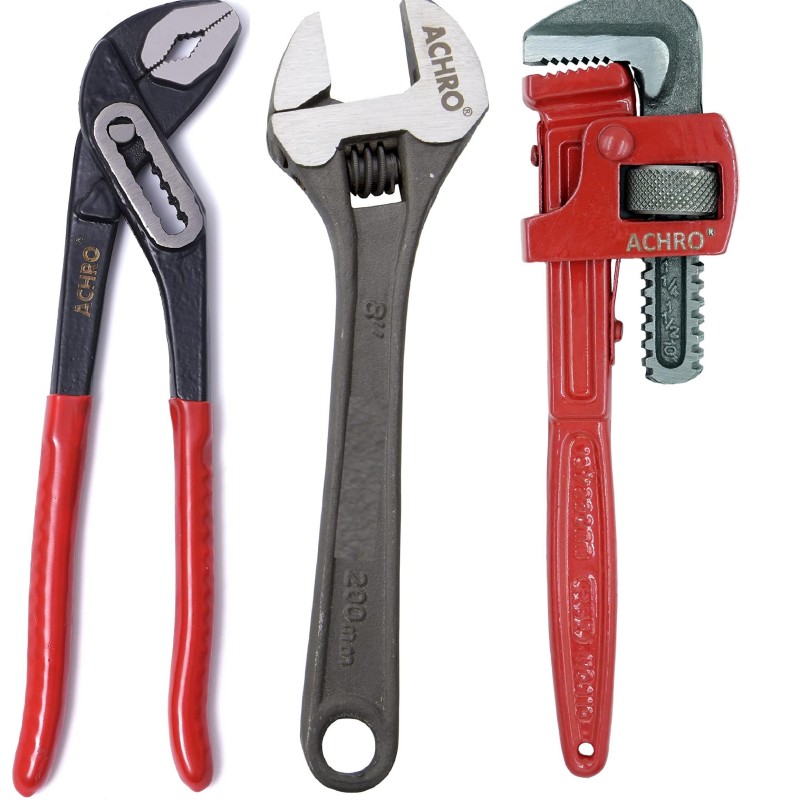
7. Spirit Level
A spirit level ensures that your installations are straight and precisely aligned, particularly important for fixtures like sinks and faucets.
- Using the Spirit Level: Place it on the surface to check for levelness. Adjust accordingly to achieve precision in your setup.
8. Safety Equipment
While not directly related to plumbing tasks, personal safety equipment is essential. Some recommended items are:
- Safety Goggles: Protect your eyes from debris and splashes when working with pipes and fixtures.
- Work Gloves: Durable gloves protect your hands from cuts, scrapes, and harsh chemicals.
- Knee Pads: If your work involves kneeling for extended periods, knee pads can aid in comfort.
Selecting the Right Tools
Understanding Your Needs
Choosing the right tools begins with assessing your specific plumbing needs. Evaluate whether you are a homeowner performing simple repairs or a professional plumber tackling complex systems.
- Home Use: For occasional home repairs, investing in essential tools like wrenches, pliers, and a measuring tape may suffice.
- Professional Use: For professional plumbers, investing in a wider range of tools is necessary to handle varying jobs efficiently.
Budget Considerations
While quality tools often come at a higher price point, they can save you money in the long run. When selecting tools:
- Invest Wisely: Focus on versatile tools that serve multiple functions.
- Consider Accessories: Many plumbing jobs require additional items like fittings and adapters, so it’s wise to budget for these too.
Maintenance Tips for Your Tools
Cleaning and Care
Proper maintenance can extend the life of your hand tools significantly.
- Cleaning: Regularly clean tools after use, removing any debris, grease, or moisture that can lead to rust and deterioration.
- Lubrication: Lubricate moving parts such as pivot points on wrenches and pliers to ensure smooth function over time.
- Storage: Store tools in a dry, organized space where they remain protected from the elements. Toolbox organizers can help maintain order.
Regular Inspections
Conduct regular inspections to assess the condition of your tools.
- Check for Damage: Look for signs of wear or damage, such as rust or broken components, and take necessary actions promptly.
- Sharpen Cutting Tools: If you use hacksaws or knives, sharpening blades will improve cutting efficiency and reduce the effort you need to put in.
Common Problems and Solutions
Problem: Rusting Tools
Solution: To prevent rust, keep tools drying after each use. Store them in a humidity-free environment. If rust develops, use rust remover or sandpaper to clean and protect the surface.
Problem: Broken Tools
Solution: Ensure you use tools for their designated purposes. Misuse can lead to breakage. For broken tools, assess whether repairing is feasible, or consider replacing them.
Problem: Inconsistent Performance
Solution: Regular maintenance, including cleaning and lubricating, contributes to consistent tool performance. Inspect tools often to ensure they are in proper working order.
Real User Experiences with Mastercraft Tires and Valve Seat Insert Technique
Customer Feedback on Mastercraft Tires
Many consumers praise Mastercraft tires for their durability, affordability, and versatility across different driving conditions. Reviewers often highlight performance aspects and how these tires withstand the rigors of both urban and rural driving.
Insights on Valve Seat Insert Technique
Regarding the valve seat insert technique, mechanics and DIY enthusiasts share positive experiences regarding its efficacy for restoring engines that show signs of wear. Common feedback speaks to the significant improvements achieved once the inserts are correctly installed and aligned.
Conclusion
When discussing how to efficiently use various hand tools for plumbing jobs, it’s vital to understand not only the tools themselves but also the underlying principles that govern their use. This article has explored essential tools like the pipe wrench, adjustable wrench, pliers, and more, emphasizing the importance of their applications.
Moreover, understanding the role of tools—alongside practices such as regular maintenance and attention to detail—ensures successful plumbing endeavors. By employing the best practices discussed, you can tackle plumbing tasks with confidence, all while ensuring your tools remain in optimal condition.
Similarly, knowing about the significance of quality materials, such as Mastercraft tires and the intricacies of the valve seat insert technique, empowers you to keep your vehicle and engine functioning effectively. By incorporating this knowledge into your routine, you can optimize your projects, save time and money, and enhance your skill level in both automotive and plumbing tasks.
Ultimately, effective tool selection enhances your capabilities as a DIY enthusiast or professional, as does knowledge of effective maintenance. Through proper care and understanding of when to repair or replace tools, you pave the way for consistent performance and long-lasting quality in all your projects top-rated hand tools for plumbing jobs.

